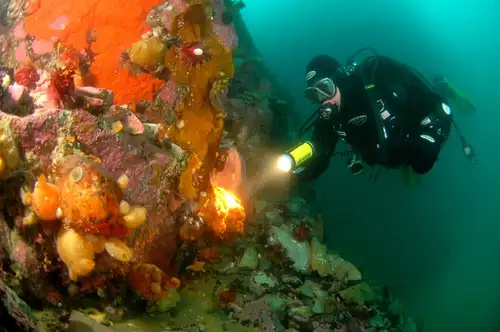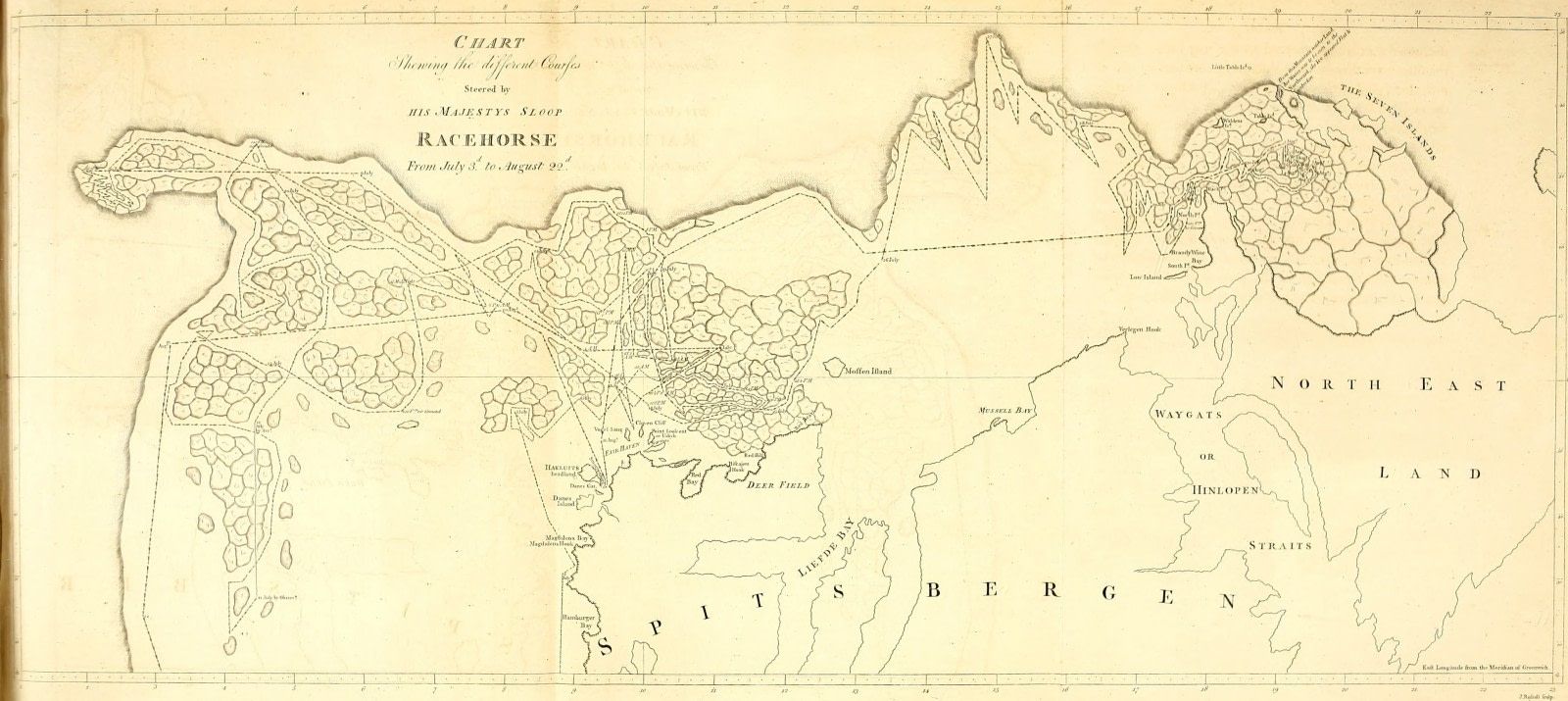Being first to reach the North Pole was seen by several nations as economically invaluable due to the open polar sea said to encircle it, but for the explorers themselves it was also a gloriously adventurous grab for immortality.
And before legends of the ice-free open polar sea were disproved in the late 19th century, many a failed (and sometimes ill-fated) expedition used it to justify voyages that were arduous, dangerous, but all inarguably brave.
Here are a selection of five such expeditions to reach the North Pole first.
1. Phipps pushes for the North Pole
Constantine Phipps, 2nd Baron Mulgrave and officer in the British Royal Navy, was the first person to make a voyage to the Arctic with the purpose of reaching the North Pole, sailing the vessels Racehorse and Carcass beyond Svalbard to the Seven Islands in 1773.
Though Phipps was ultimately driven back by the pack ice, it was an educational experience for all on board - perhaps most so for 14-year-old midshipman Horatio Nelson, who would later become famous for his fighting in the Napoleonic Wars.
After the young Nelson's musket misfired while he was hunting a polar bear, he narrowly survived retribution due to a break in the ice between him and the hungry bear.
Some think that had that ice break not been there, Britain would now speak French.
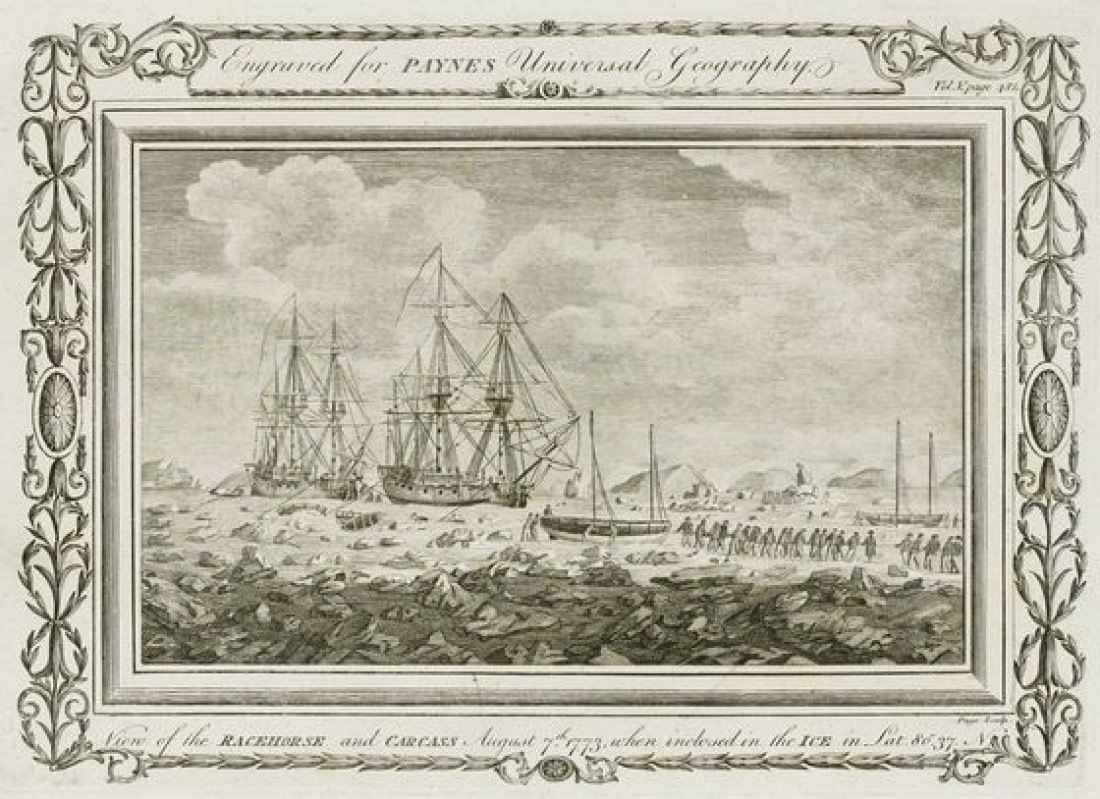
Racehorse and Carcass, August 7, 1773 | © Page; after John Cleveley (Collections of the National Maritime Museum) [Public domain], via Wikimedia Commons
2. Parry's North Pole plan gets a little closer
The next major expedition to the North Pole was led by William Edward Parry, who in 1827 took the Hecla to Spitsbergen's north coast. Having collected a reward of 5,000 pounds for reaching 110°W, he was intent on collecting another 1,000 for reaching 83°N.
However, Parry soon realised that to reach the North Pole, sledges had to be dragged across ice. A lot of ice.
Parry nonetheless experimented with attaching steel runners to the two boats he took for the expedition, but the going was tough, and his men were quickly exhausted. Parry was in charge of one boat and James Clark Ross handled the other, but rain softened the deep snow, further hampering their crossing.
The expedition ended up reaching 82°45’N, close to Parry's goal but not enough to bag that second bag of cash.
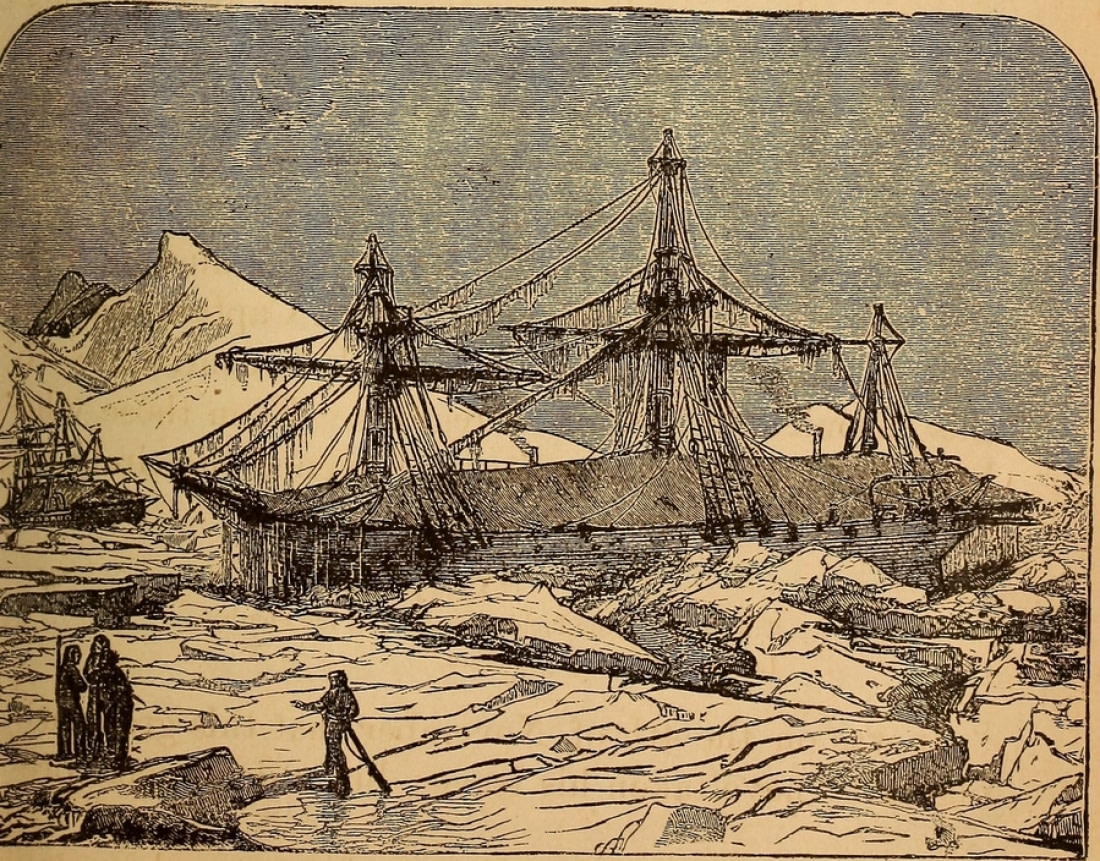
By Internet Archive Book Images - Wikimedia Commons
3. The "North Pole first" race attracts Kane
The race to be first to discover the North Pole soon attracted the attention of Americans, the first of whom to make the attempt was Eisha Kent Kane. Despite his poor health, Kane was driven by iron perseverance.
He had already been on Arctic search expeditions to rescue explorer Sir John Franklin, which ultimately proved unsuccessful, and now Kane was hoping now to find the open polar sea, something still claimed to exist by a few scientists and whalers.
Kane sailed north on his ship, Advance, but his ambitions were quickly quashed when he encountered severe sea ice, forcing him to overwinter with his crew at Rensselaer Harbour. He would have been ready to continue his push to the reach North Pole after that, but his dogs died of a mysterious illness that winter.
The Advance then failed to escape the ice when summer came and was forced to spend a second winter at camp. With diminishing supplies and scurvy setting in, Kane's surgeon, Isaac Israel Hayes, took half the crew and headed south in search of a Danish settlement they knew to be there.
Meanwhile, Kane and his remaining men survived due to the local Inuit providing them much-needed food. This harrowing experience did not deter Kane's surgeon from later making his own Arctic expedition in 1860 aboard the United States.
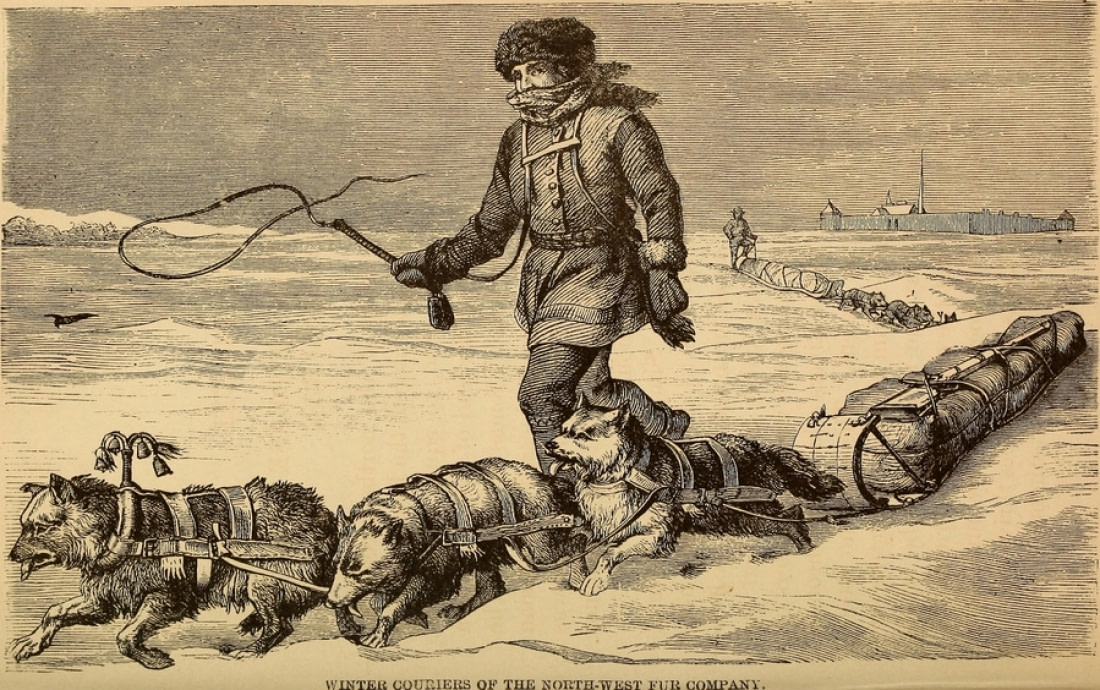
Eisha Kent Kane © Internet Archive Book Images [No restrictions], via Wikimedia Commons
4. Hall makes a one-way voyage for the North Pole
Some years after the Civil War, another American was dreaming of being first to reach the North Pole. Explorer Charles Francis Hall wrote that he "was born to discover the North Pole. That is my purpose. Once I have my right foot on the Pole, I shall be perfectly willing to die."
That the North Pole might very well kill him could not have escaped Hall.
After receiving a $50,000 grant from Congress to fund the expedition, Hall sailed north on the USS Polaris in 1871 with his friend Sidney Budington as captain, Emil Bessels as surgeon, George Tyson as navigator, and two Inuit families that included children.
Reaching 82°11’N, the farthest northern point obtained so far (now Kane’s Basin), the crew overwintered on the Greenland coast.
But the expedition soon fell to division and disorder, ending with Hall falling ill under suspicious circumstances. He died on November 8, 1871, convinced someone in his crew had poisoned him, and indeed a 1968 autopsy of his body revealed that he'd ingested a large quantity of arsenic.
Further efforts to continue the expedition failed, and when summer came, Budington attempted to take the ship south, but soon became stuck in ice.
By October the Polaris was at risk of sinking in the gale-driven ice. The crew desperately tried to unload their boats and supplies onto an ice floe, but a strong wind separated the ship from the floe when they were nearly finished.
Both the people on the ship and those on the ice flow watched in horror as they were separated from each other.
The crew on Polaris were driven north to the Greenland coast near an Inuit settlement. There they built a house out of wood from their ship and endured a reasonably comfortable winter. They then made boats from more of the ship's wood when the weather warmed, heading south to be picked up by a whaler.
Back on the ice floe, the other members of Hall's team had a more dramatic winter. Not only did one of the Inuit families give birth to a child, but they also managed to build igloos and hunt seals from kayaks that had been offloaded. This kept the party alive when supplies from the ship ran out, and when summer finally came, the survivors packed into the two salvaged boats they'd managed to save from Polaris before it drifted away.
Then they set out to sea, hoping to be spotted.
Eventually the Tigress spotted them after they had drifted some 2,400 km (1,500 miles). Two days later, a violent storm broke out that would have certainly sunk their boats.
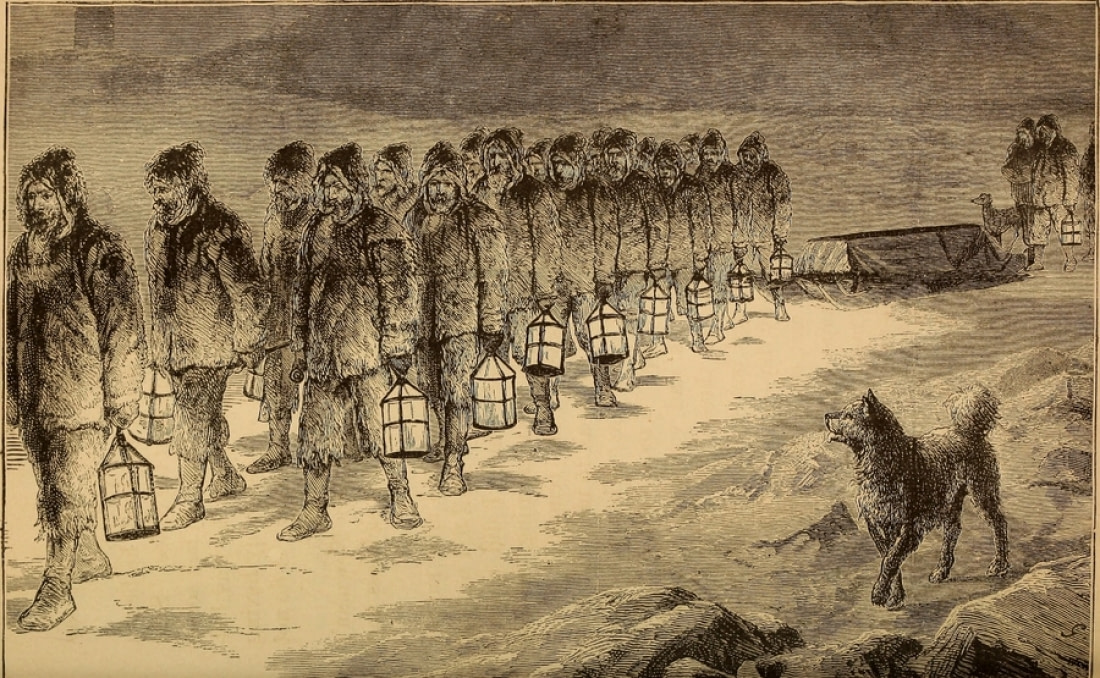
By Internet Archive Book Images - Wikimedia Commons
5. Nares nears the death-knell of the Open Polar Sea
Despite the Hall fiasco, the British were again inspired to be first to the North Pole in 1875. With the blessing of Queen Victoria and Prime Minister Disraeli, Royal Navy officer George Nares set out with the HMS Alert and Discovery.
Both ships, however, were large and hard to maneuver, and their total crew of 120 was too large to live off the Arctic land in case they needed to overwinter.
Still, Nares navigated them skilfully through the Kane Ice Basin, and Discovery wintered in Lady Franklin Bay while Alert wintered near Cape Sheridan, where the Alert Meteorologist Station is now located.
The Alert's part of the expedition became a disaster due to the equipment the ship carried: The boats the crew turned into sledges proved too heavy and cumbersome in the ice, forcing the crew to walk farther than they could manage with their inappropriate clothing and equipment. A sledding party led by one of the crew, Albert Hastings Markham, set a record farthest north of 83° 20' 26"N, but they did not reach the North Pole.
Seeing his crew crippled with scurvy, Nares wisely decided to call the expedition off.
Aftermath and the first undisputed North Pole crossing
By the time Nares returned from the Arctic, the theory of the open polar sea was stumbling along on its last leg. All the expeditions that had encountered impassable pack ice from the 1810s to the 1880s had taken their toll, debunking the idea berg by berg.
But it would not be until Norwegian explorers Otto Sverdrup and Fridtjof Nansen saw the impenetrable wall of pack ice from the Fram in 1893 - 1895 that the stake was finally put through the heart of the theorized waterway for which so many had suffered so much hardship, injury, and in Hall's case, death.
Half century later, in 1926, the first undisputed discovery of the North Pole was managed, when Roald Amundsen flew over it with Umberto Nobile aboard the airship Norge.
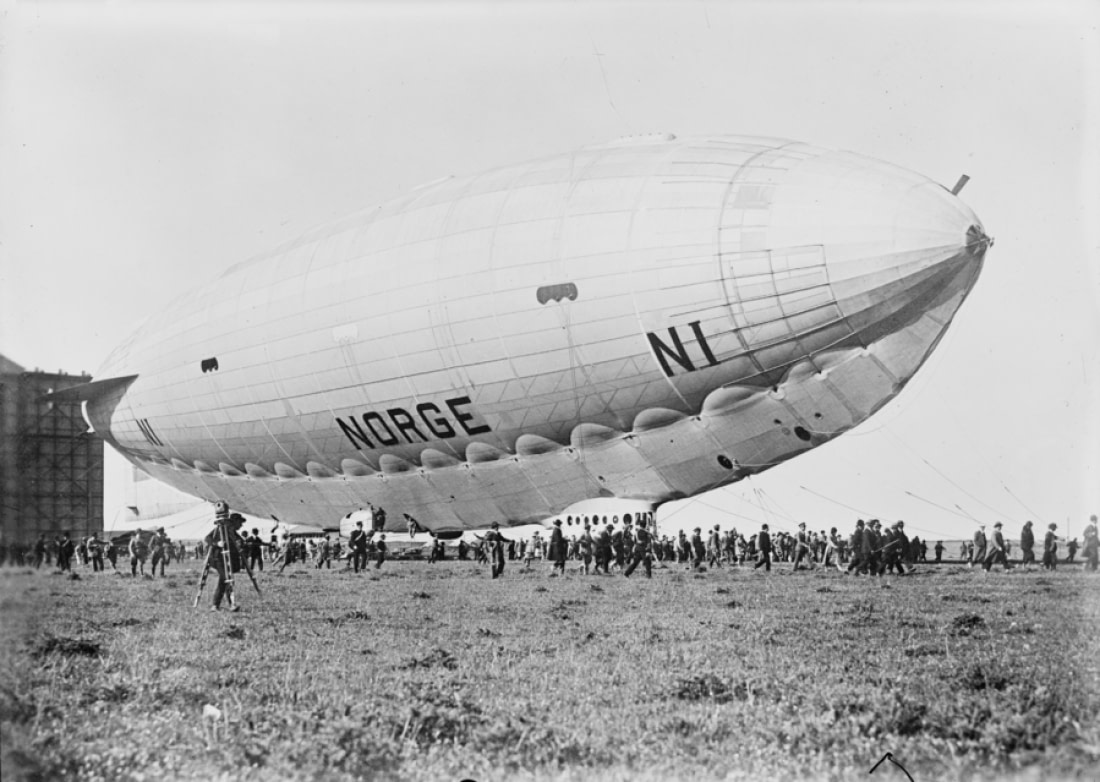
By Bain News Service - Wikimedia Commons
Title image by Mulgrave, Constantine John Phipps, Baron, 1744-1792 [No restrictions], via Wikimedia Commons
Blog


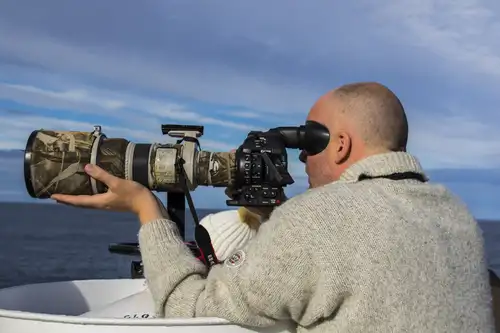
10 Tried-and-True Bird Photography Tips

Two for the Snow: Polar Cruises for Couples
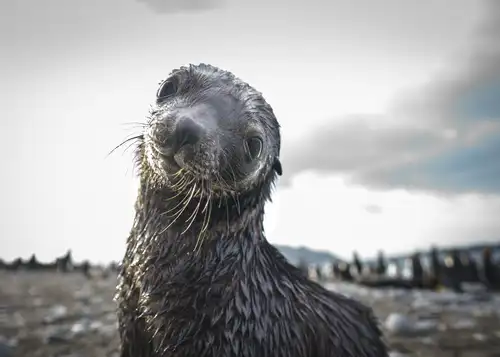
The secrets of Antarctic seals revealed
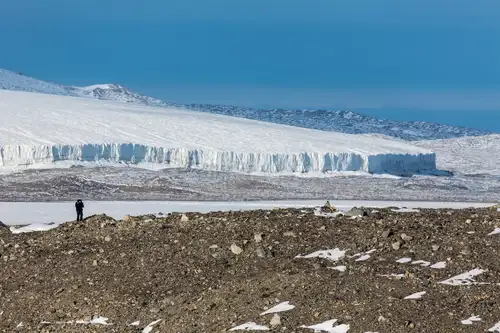
The Secret Life of Glaciers: How They Form, Move, and Melt
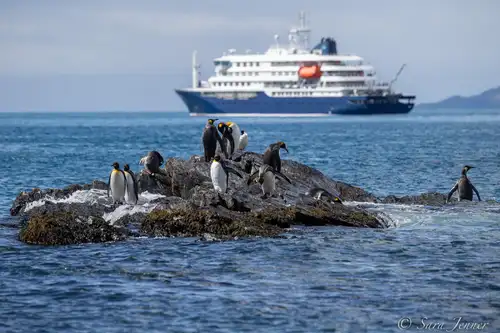
Weddell Sea, Shackleton’s Endurance, and New Swabia
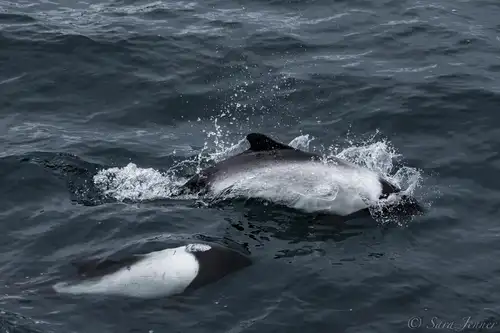
The Small but Social Commerson’s Dolphin
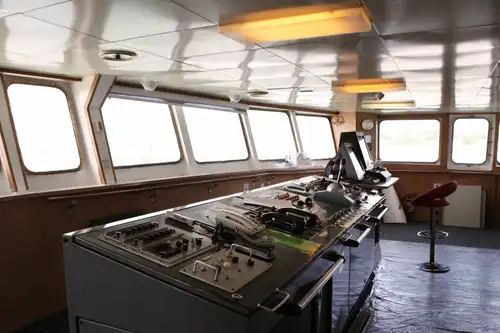
Navigating by touch through the sea ice
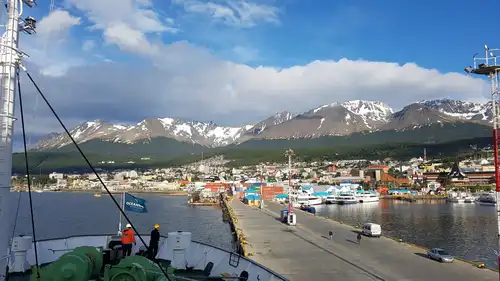
Seven Things to Do around Ushuaia
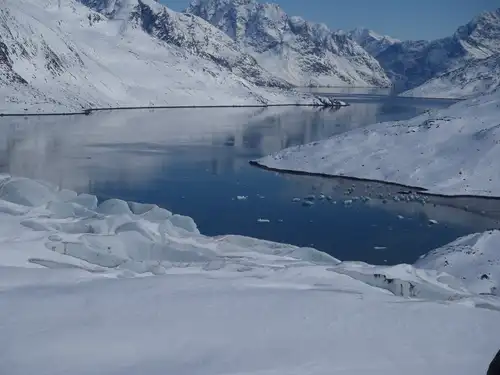
8 Scientific Wonders of the Arctic
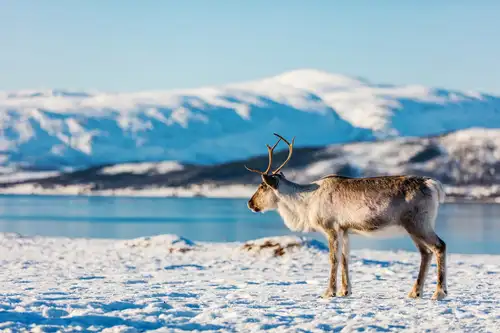
Eight Engaging Reindeer Facts
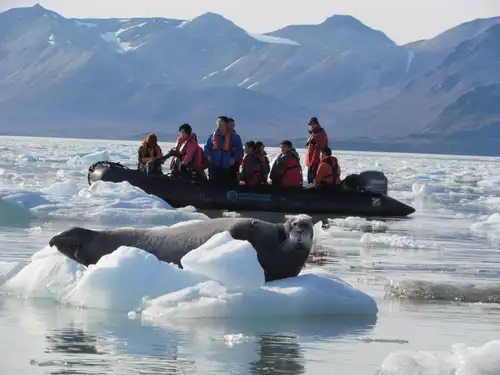
Six Seal Species You Might See On Your Greenland Cruise
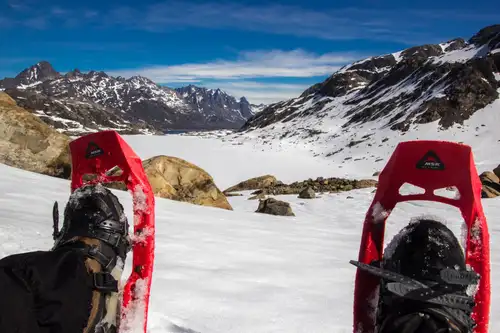
Five Reasons Why Snowshoeing is a Perfect Polar Activity
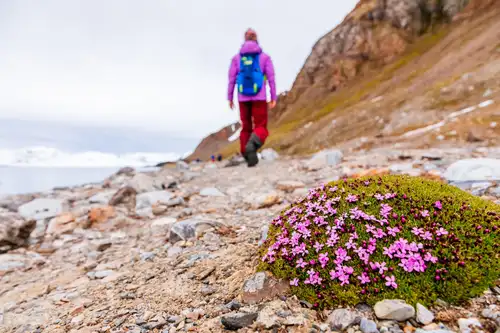
Seizing the Season: Spitsbergen’s Late Spring, Early Summer
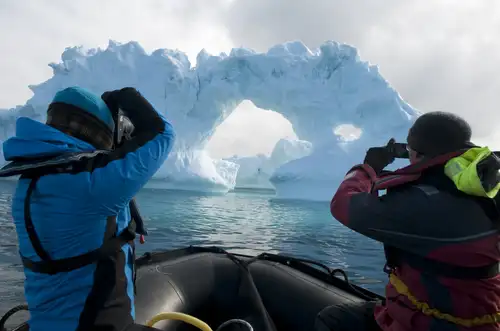
Under the Greenland Ice Sheet
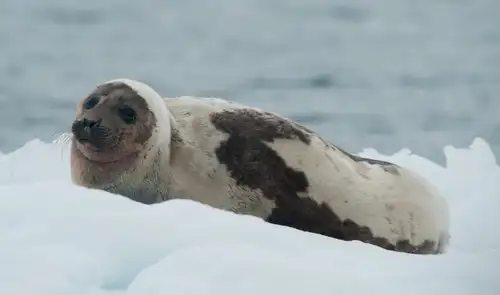
Harp seals harping on in Greenland
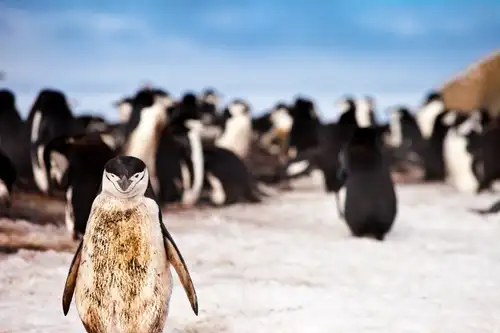
Seven Facts About Antarctic and Sub-Antarctic Penguins
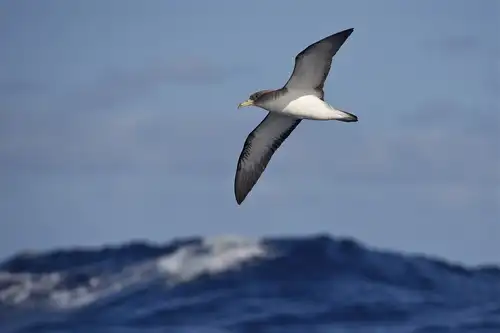
Islands of the Blessed: Things to Do Around Cape Verde
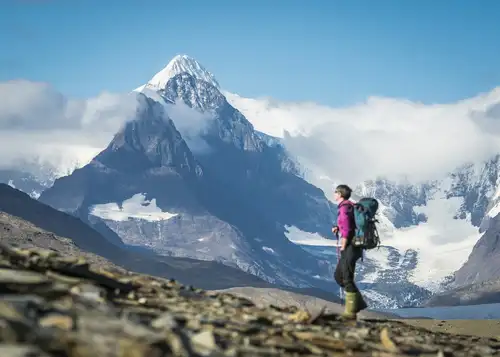
Path of Polar Heroes: Hiking Shackleton’s Historic Route

The Classic Polar Cruise: Antarctic Peninsula Facts, Pics, and More
